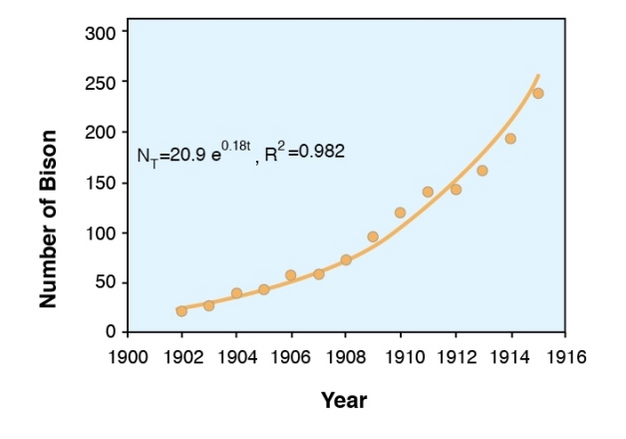Describe Predictions About Global Population Growth
By 2100 the worlds population is projected to reach approximately 109 billion with annual growth of less than 01 a steep decline from the current rate. Describe the worlds population growth up until now and the predicted growth towards 2050.

Population The Numbers Population Matters
The global population has grown from 1 billion in 1800 to 79 billion in 2020.
. The new study. World population growth 95. The largest state in terms of population is China.
The population in the developed countries would be 12 billion. Describe predictions about global population growth. But in Africa the average age is 19 years old and rapidly getting younger.
The world population will never reach nine billion people he now believes. Global population growth box by box. The Global human population increases growth amounts to around 75 million annually or 11 per year.
The UN projected population to keep growing and estimates have put the total population at 86 billion by mid-2030 98 billion by. In India the average age is 29 in China it is even older at 37. Describe the worlds population growth up until now and the predicted growth towards 2050.
Between 1950 and today the worlds population grew between 1 and 2 each year with the number of people rising from 25 billion to more than 77 billion. People around the world are beginning to address the problem by reducing their carbon footprint through less consumption. Elaboration of data by United Nations.
Population growth is the increase in the number of people in a populationGlobal human population growth amounts to around 83 million annually or 11 per year. It is expected to keep growing and estimates have put the total population at 84 billion by mid-2030 and 96. Cent referred to hereafter as the 95 per cent prediction interval the size of the global population will stand between 85 and 86 billion in 2030 between 94 and.
Human Population Growth and Climate Change. This is the paradoxical answer that Hans Rosling unveils at TEDCannes using colorful new data display technology youll see. The continent is growing so quickly that by halfway through this century it will be home to one billion children.
While the decadal increase in world population is estimated by the UN to be 760 million between 2000 and 2010 it is projected to decline to 616 million for the decade 20202030 and 322 million for 20402050. Population growth 1950 2050. Population growth is significant in LICs especially in Africa Asia and South America.
These numbers clearly indicate the projected decelerating speed of world population growth. That last expression R 271828277. In 2010 about 60 of the worlds population lived in Asia 155 - in Africa and 104 - in Europe.
By 2050 two in every five children in the world will be born here. Continued growth of the global population. In 2050 according to the UN forecast more than half of the worlds population will live in Asia 25 in Africa 82 in Latin America 74 in Europe and 47 in North America.
Eventually however population growth begins to level off after exploding as explained by demographic transition theory discussed laterWe see this in the bottom half of Figure 197 Total World Population 19502050 which shows the average annual growth rate for the worlds populationThis rate has declined over the last few decades and is projected to further decline. For the world as a whole it is predicted that population growth will slow to a 11 rate during the 20052015 period a rate that would imply a doubling time of 65 years. The global population has grown from 1 billion in 1800 to 7 billion in 2012.
Food and Agriculture Organization FAO and World Bank. The standard estimate used by many countries comes from a report in 2017 by the UN Population Division suggesting a global population of 10 billion by 2050 and 11 billion by 2100. The Global human population increases growth amounts to around 75 million annually or 11 per year.
Between 1965 and 1980 the world population grew at an annual rate of 2 suggesting a doubling time of 36 years. It will peak at 8 billion in 2040 and then decline. The worlds population will grow to 9 billion over the next 50 years -- and only by raising the living standards of the poorest can we check population growth.
Any value of R can be represented in an infinite number of ways eg if R 16 we could write R 8 x 2 or R 42 or R 322 or R 271828277. By 2050 the population in the developing countries will be roughly 8 billion. The largest single threat to the ecology and biodiversity of the planet in the decades to come will be global climate disruption due to the buildup of human-generated greenhouse gases in the atmosphere.
Variants describe future trends produced by varying key. The current global population is 76 billion. The global population has grown from 1 billion in 1800 to 7 billion in 2012.
The global population will increase significantly in the future creating many megacities predominantly in Asian countries. It is expected to be 92 billion in 2050 Fig 1. From 1950 to current year.

An Introduction To Population Growth Learn Science At Scitable

Is The World Population Growing Experts Are Divided World Economic Forum
No comments for "Describe Predictions About Global Population Growth"
Post a Comment